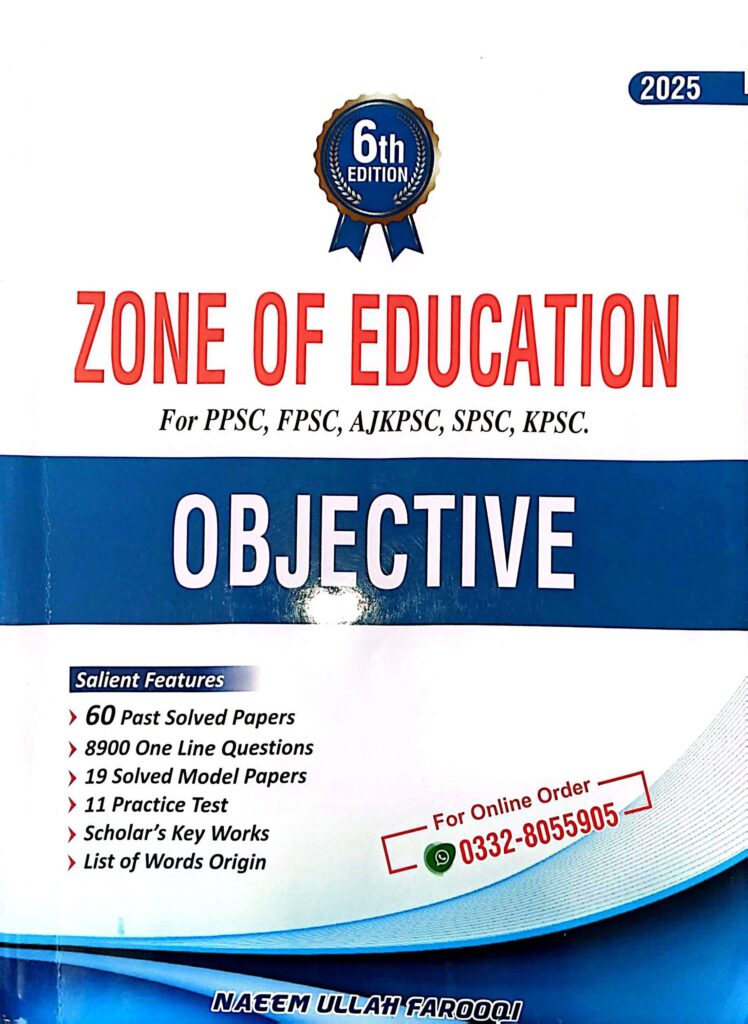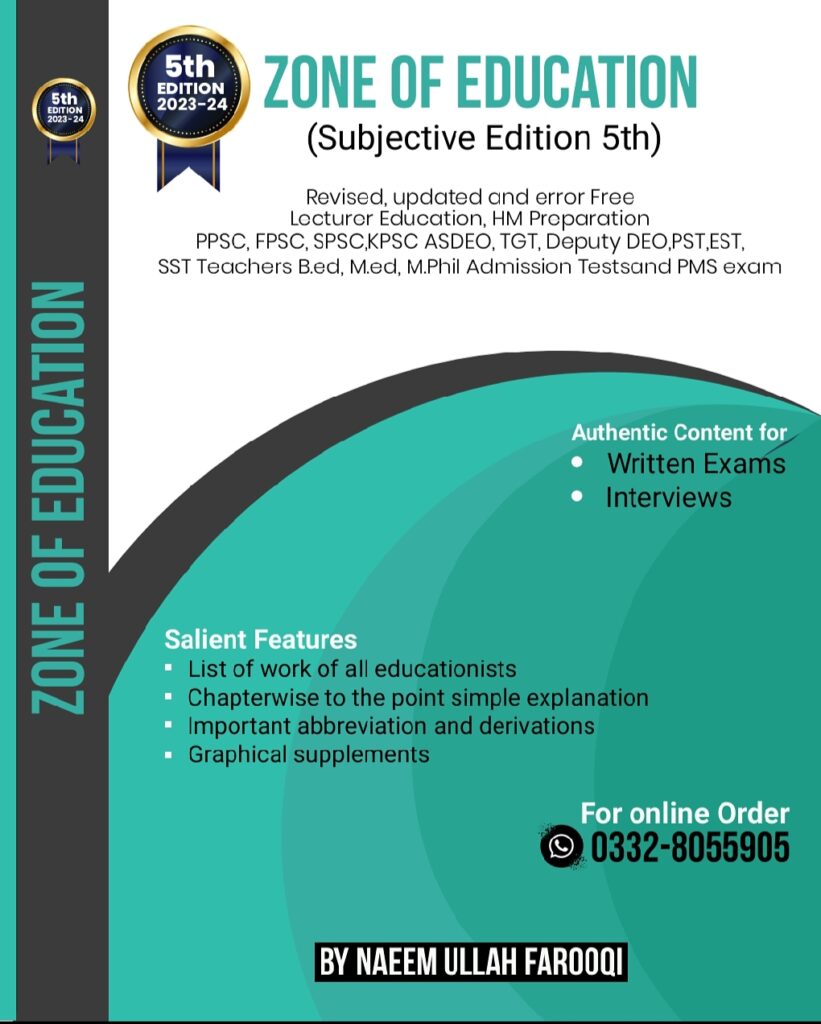. Cannon’s study of emotion was mainly concerned with:
· (a) Sensitivity of environmental stimuli
· (b) The blood pressure
· (c) Endocrine glands
· (d) The breathing rate
36. James-Lange theory of emotion reported that the first phase of emotional activity is:
· (a) Sensitivity of environmental stimulus
· (b) Sensitivity of internal stimulus
· (c) The explicit response to the stimulus
· (d) Insight
37. At the time of emotion, the glandular function is:
· (a) Lowered
· (b) Stopped
· (c) Normal
· (d) Accelerated
38. According to Cannon, the main role in emotion is played by:
· (a) A.N.S. (Autonomic Nervous System)
· (b) Hypothalamus
· (c) Cortex
· (d) Glands
39. Bodily changes of emotion are due to:
· (a) Energetic situation
· (b) Stimulus
· (c) Need
· (d) Feelings
40. Ordinary emotions are expressed through:
· (a) Facial expression
· (b) Individual’s behavior
· (c) Talks
· (d) Mood
41. Who supported James’ view on emotion?
· (a) Helmholtz
· (b) Cannon
· (c) Lange
· (d) Hering
42. In which year did James publish his theory of emotion?
· (a) 1884
· (b) 1705
· (c) 19th century
· (d) 1915
43. Who stated the theory of emotion?
· (a) Baring
· (b) James
· (c) Wundt
· (d) Munn
44. What type of state is emotion?
· (a) Quiet
· (b) Stirred up
· (c) Anger
· (d) Disorganized
45. The frustration of the motives causes:
· (a) Inferiority
· (b) Anxiety
· (c) Behavior disorder
· (d) Inefficiency
46. Conflict for the need for social approval arises in:
· (a) Adolescence
· (b) Childhood
· (c) Adulthood
· (d) Older age
47. Approach-Avoidance and Avoidance-Avoidance are the basic types of:
· (a) Emotion
· (b) Conflict
· (c) Feeling
· (d) Sensation
![]()
48. Chronic emotional reactions lead to:
· (a) Mental illness
· (b) Neurosis
· (c) Aggressiveness
· (d) Psychosomatic illness
49. Bodily change in emotion is measured by:
· (a) Specific instruments
· (b) Introspective reports
· (c) Behavior study
· (d) Action of the organism
50. During the condition of emotion, heart rate is increased to:
· (a) Supply blood to the interior part of the body
· (b) Weaken the organism
· (c) Energize the organism
· (d) Activate the individual
51. At the time of emotion, the digestive system of the organism is:
· (a) Intense
· (b) Stopped
· (c) Normal
· (d) Mild
52. James-Lange theory of emotion had been strongly criticized by:
· (a) Watson
· (b) Wundt
· (c) McDougall
· (d) Sherrington
53. The drive theories of motivation apply best to:
· (a) Psychological motive
· (b) Social motives
· (c) Biological motives
· (d) None of these
54. The goal objects motivating behavior are known as:
· (a) Attractive
· (b) Attributive
· (c) Subjective
· (d) Incentive
55. We are motivated to seek goals which give us good emotional feelings and to avoid those resulting in displeasure. This is the:
· (a) Hedonistic view of motivation
· (b) Driven state of motivation
· (c) Opponent process theory of motivation
· (d) None of them
56. What is the correct sequence of emotional motivational changes?
· (a) Baseline → Peak of state → Decline of state A to a steady state → State B → Decline of state B → Baseline
· (b) Peak of state → Baseline → State B → Decline of state to a steady state → Decline of state B → Baseline
· (c) None of these
· (d) Both are correct
57. “Just right theories” might be called:
· (a) Motivational theories
· (b) Optimal-level theories
· (c) Personality theories
· (d) Biological theories
58. Sexual motivation in lower animals is tied to:
· (a) Genetical level
· (b) Hormone level
· (c) Hereditical level
· (d) Homeostasis level
59. The nature of the relationship between the brain and hunger motivation is:
· (a) Positive
· (b) Negative
· (c) Null
· (d) Biological
60. In what way is the physiological mechanism involved in maintaining the body’s water level involved in thirst motivation and drinking?
· (a) Indirectly
· (b) Directly
· (c) Not directly
· (d) None of them
61. Thirst triggered by the loss of water from osmoreceptors is called:
· (a) Cellular dehydration thirst
· (b) Cellular hypothalamous thirst
· (c) Cellular hypovolemia thirst
· (d) All of them
62. Sexual motivation is:
· (a) Social
· (b) Antisocial
· (c) Motivational
· (d) None of them
63. The female sex hormone is called:
· (a) Androgen
· (b) Sperm
· (c) Ovum
· (d) Estrogen
64. The most important estrogen is:
· (a) Ovum
· (b) Sperm
· (c) Ovaries
· (d) Estradiol
65. Testosterone is the major:
· (a) Estrogen
· (b) Androgen
· (c) Adrenal
· (d) Estradiol
66. The organizational role of sex hormones makes an effect on the structure of the:
· (a) Body and the brain
· (b) Body and motivation
· (c) Body and the sex
· (d) Body and the glands
67. Certain types of situations are designed to bring out the expression of:
· (a) Biological motives
· (b) Psychological motives
· (c) Hunger motives
· (d) Social motives
68. The Thematic Apperception Test is based on:
· (a) Mental mechanism technique
· (b) Projective technique
· (c) Story technique
· (d) Picture technique
JOIN ZONE OF EDUCATIONPK!
Discover the most comprehensive and reliable pedagogy resources in Pakistan, curated for competitive exam success. Our content covers all competitive exam MCQs, including PPSC, FPSC, AJKPSC, SPSC, and more. Designed to empower learners with top-notch material and insights, trust us for your preparation journey!


